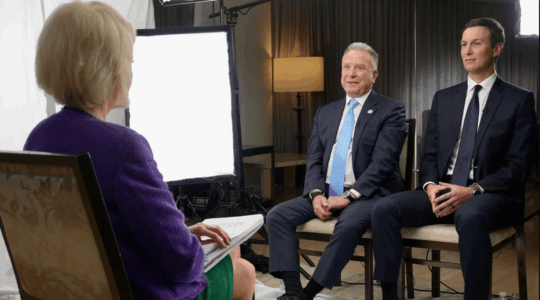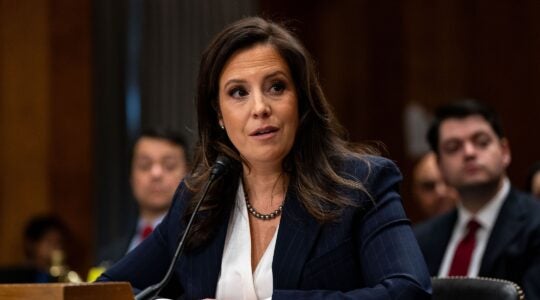NEW YORK (JTA) — The 1790 letter written by President George Washington to the Hebrew Congregation of Newport, R.I., is going on display at Philadelphia’s National Museum of American Jewish History.
The letter — out of the public eye for a decade — is part of the museum’s new exhibit, “No Bigotry No Sanction: George Washington and Religious Freedom,” which opens Friday. The museum will have free admission on the Fourth of July from 10 a.m. to 5 p.m., allowing the public to see the letter at no charge.
In the letter, regarded as Washington’s most eloquent statement on religious liberty, America’s first president pledged to uphold the Constitution’s offer of “invaluable rights of free citizens.” He also affirmed rights and privileges generally unknown to Jews elsewhere at the time.
“It is artifacts such as these which enable us to broaden our reach as an institution beyond the Jewish community — to be a destination for showcasing pieces of history both profoundly relevant and fascinating to all Americans and all visitors to Philadelphia,” Ivy Barsky, the Philadelphia Jewish museum’s director and incoming CEO, said in a statement.
An array of documents, publications and portraits are also part of the exhibit, which highlights the establishment of religious freedom in the United States.
The privately owned Washington letter was on view for many years at the Klutznick Museum at B’nai B’rith International’s headquarters in Washington, D.C. When B’nai Brith relocated in 2002, the letter was put into storage.
The letter is on a three-year loan from its owner, the Morris Morgenstern Foundation. Several institutions, including the National Museum of American Jewish History and the Library of Congress, have tried for years to pry the letter away, according to the Forward. B’nai B’rith claimed that its hands were tied by the Morgenstern Foundation, which would not allow the letter to be moved, the Forward reported.
Forward reporter Paul Berger and editor Jane Eisner led the campaign to return the letter to public view.
JTA has documented Jewish history in real-time for over a century. Keep our journalism strong by joining us in supporting independent, award-winning reporting.





